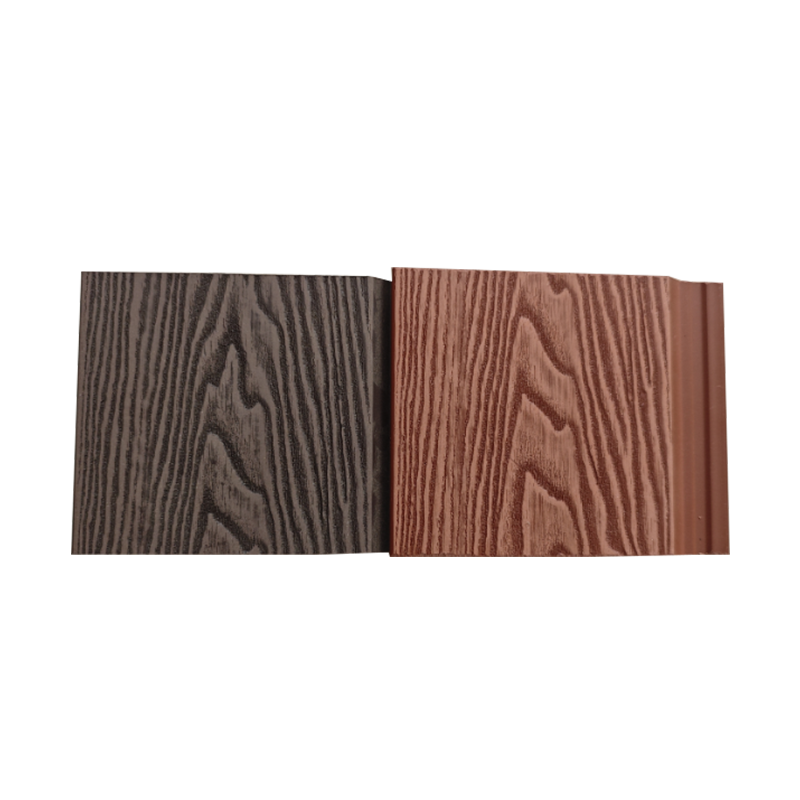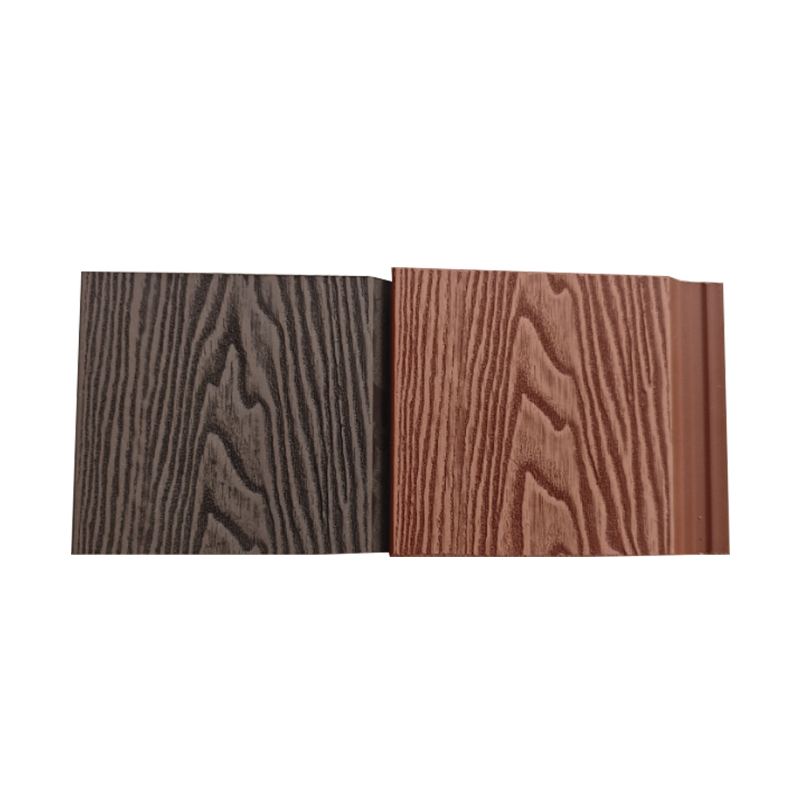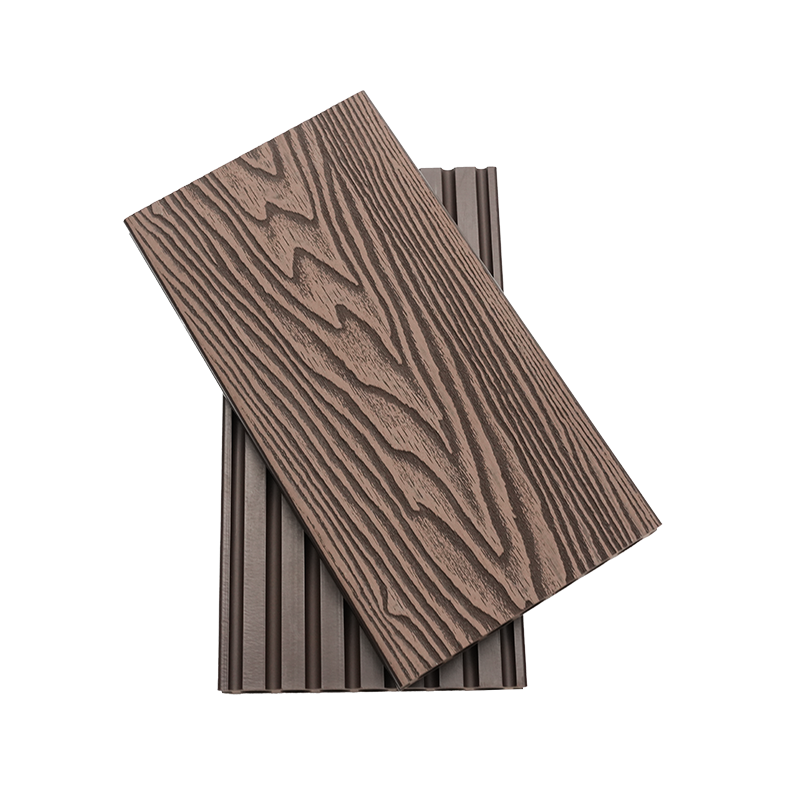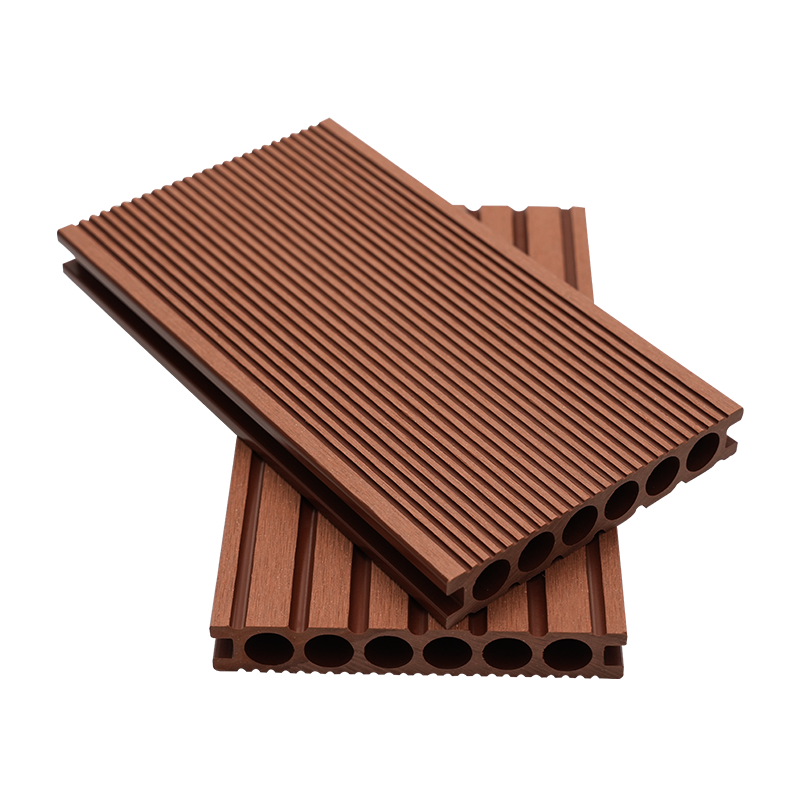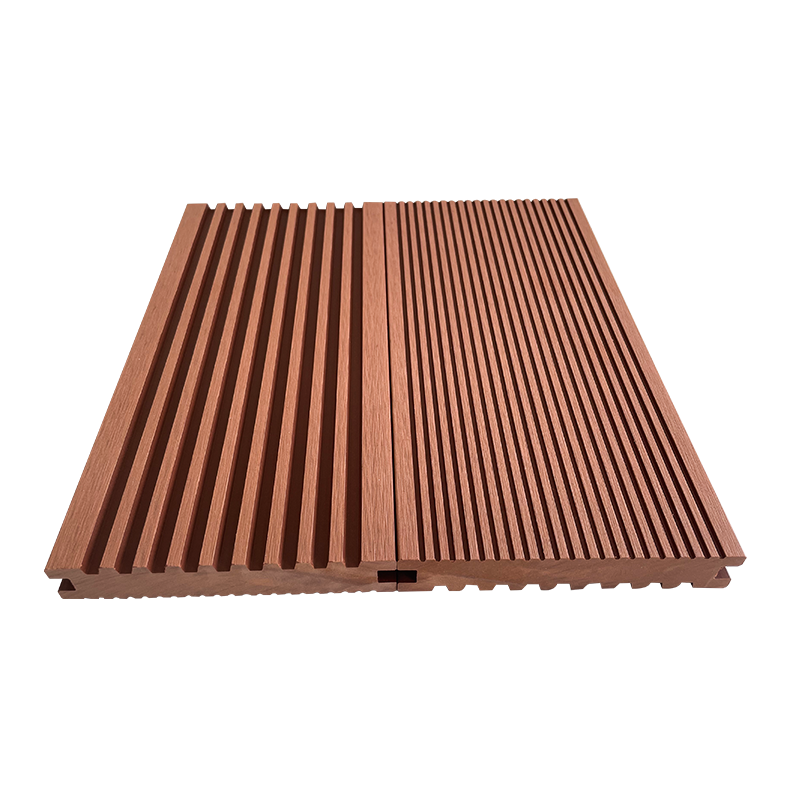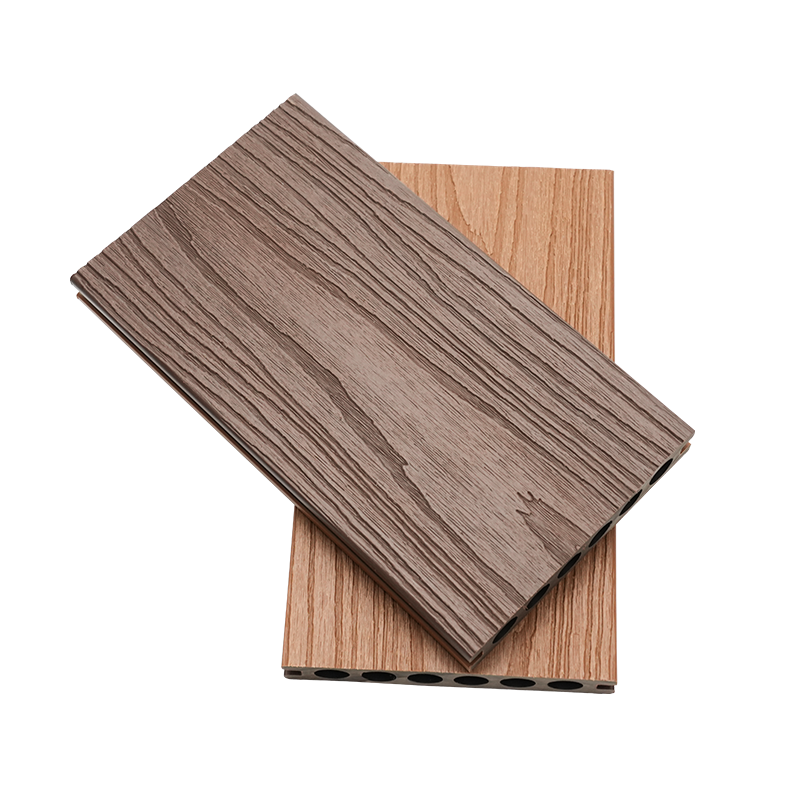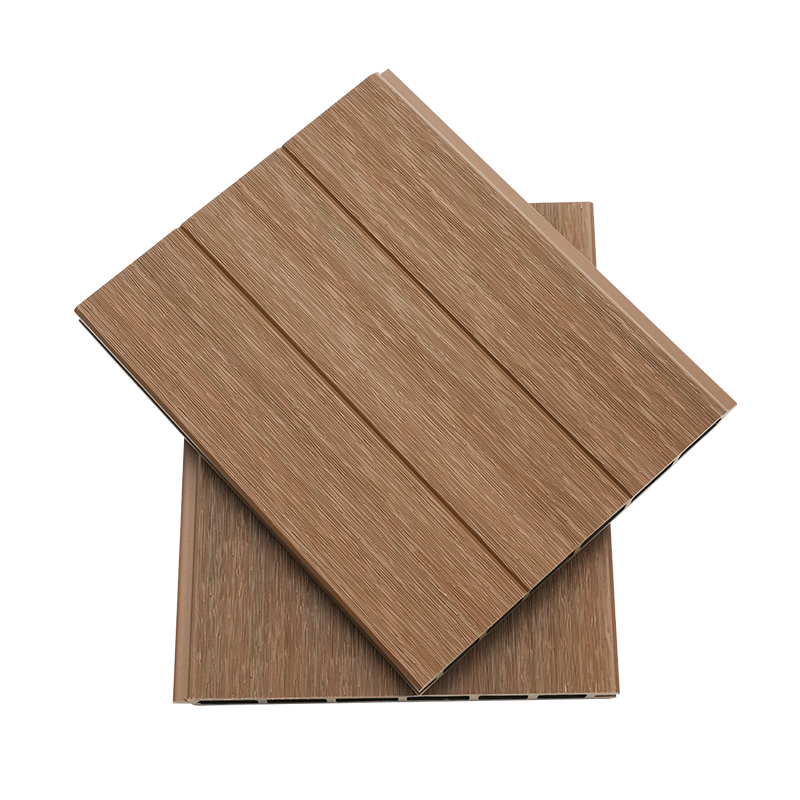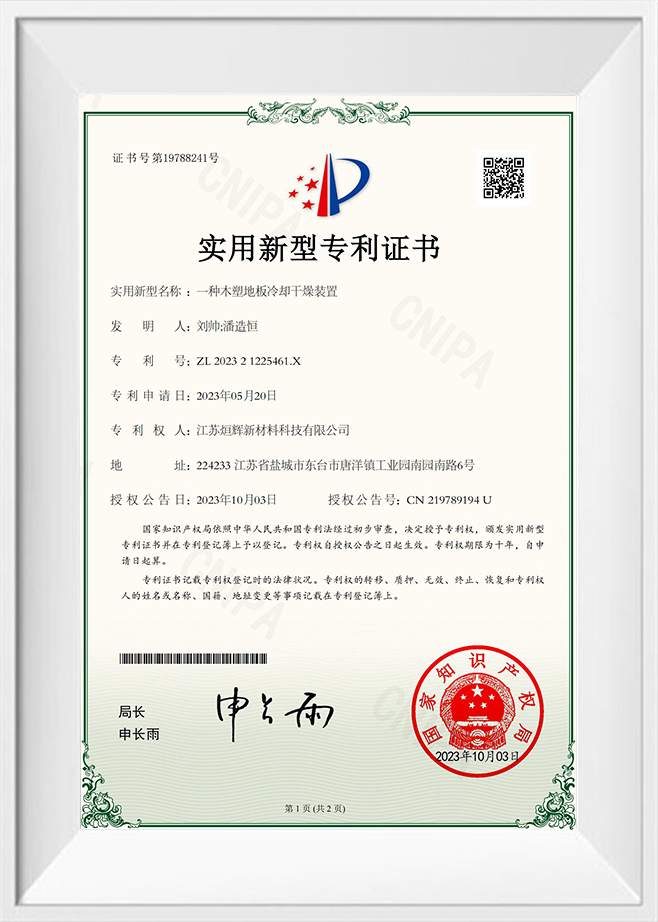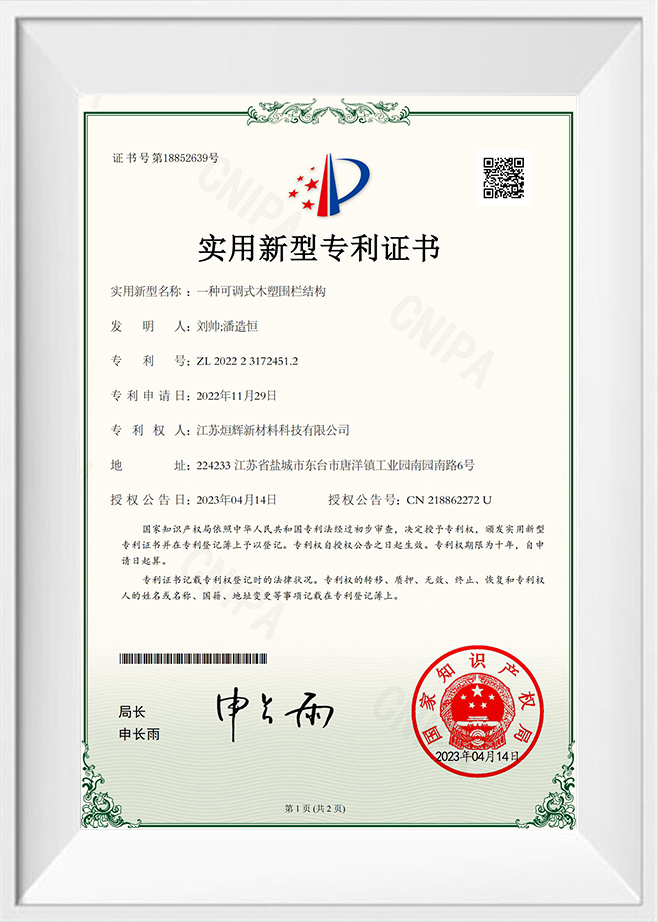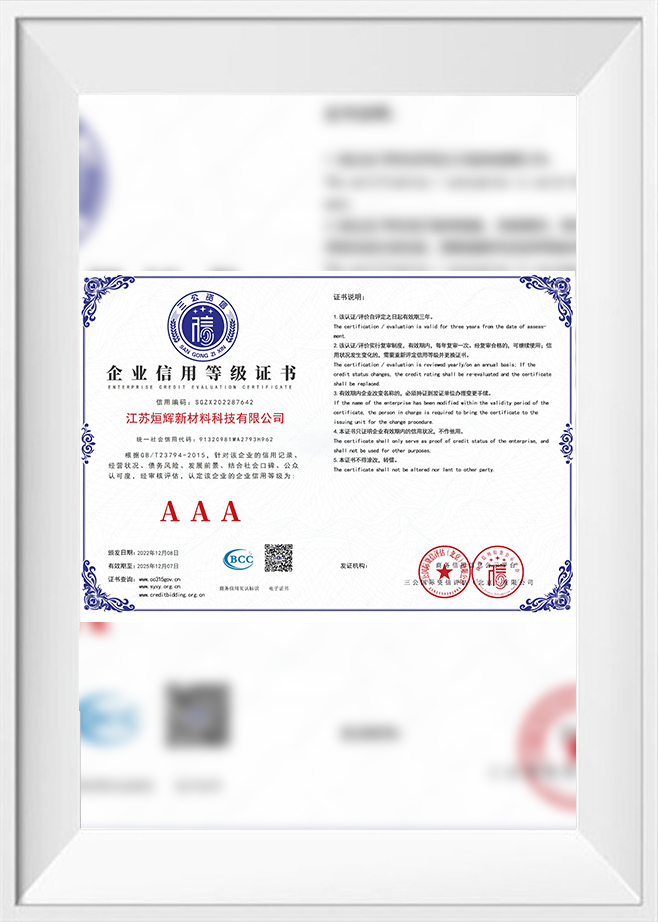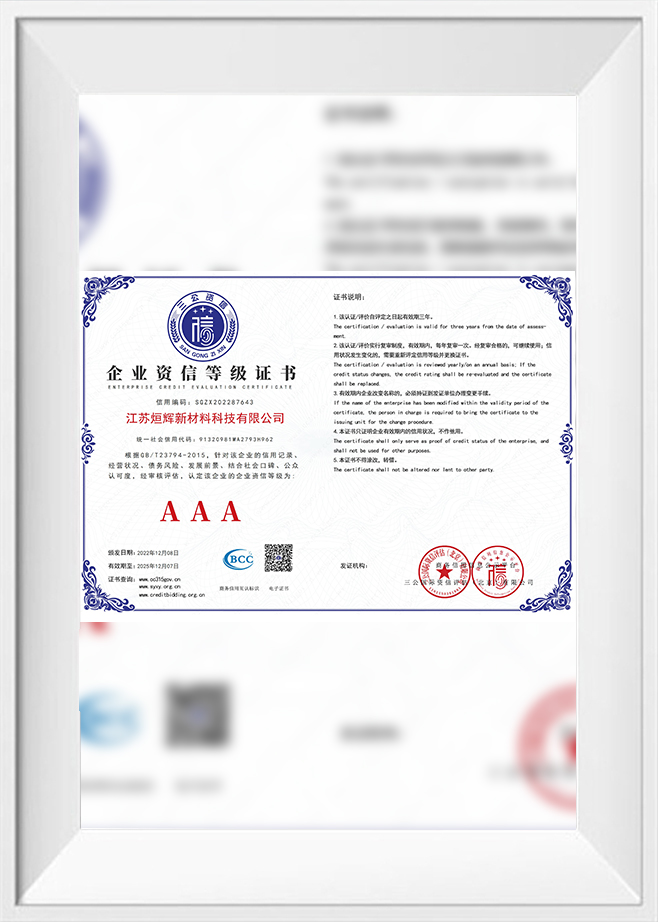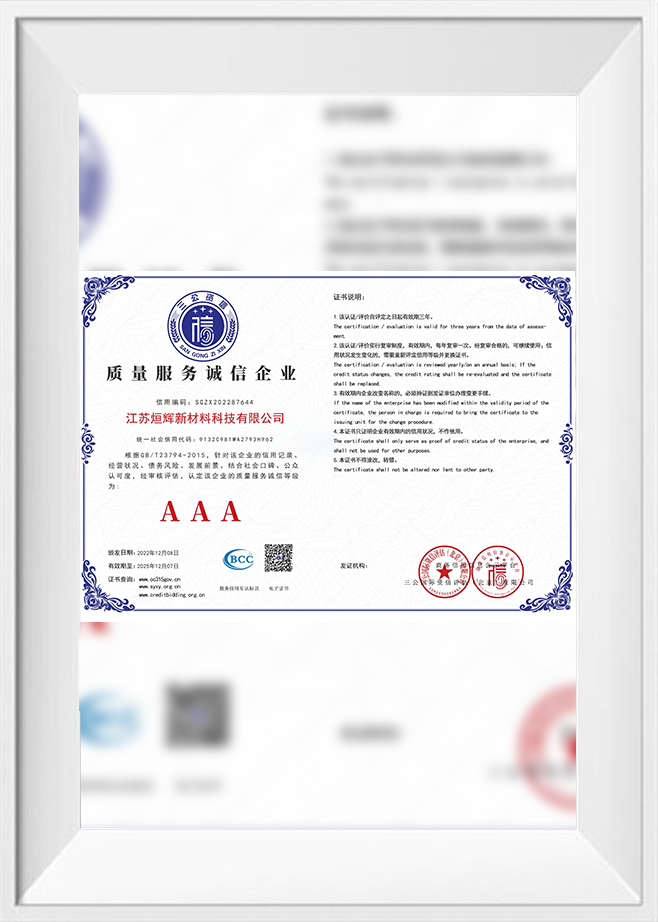Why Is the Embossed Wood Plastic Wall Board Redefining Modern Interior and Exterior Wall Materials?
The Evolution of Wall Materials in Modern Construction
For centuries, natural wood and stone dominated the construction industry as primary wall materials. However, their limitations—susceptibility to weathering, moisture damage, and high maintenance—have prompted innovation. With the rise of composite technologies, architects and engineers now increasingly adopt Embossed Wood Plastic Wall Board, a solution that combines durability, beauty, and sustainability.
What Is an Embossed Wood Plastic Wall Board?
It is a composite material made from a mixture of wood fibers and thermoplastic polymers, processed through extrusion or compression molding. The surface is embossed to create realistic textures, often mimicking natural wood grain or stone finishes. This allows the material to provide both structural performance and aesthetic richness, making it suitable for diverse applications in residential, commercial, and public architecture.
Scientific Composition and Structure
The science behind this board lies in the balance of organic and synthetic components:
- Wood fiber provides natural texture, stiffness, and reduced density.
- Polymeric matrix (commonly polyethylene or polypropylene) enhances water resistance, impact strength, and dimensional stability.
- Embossing technology creates micro-textured surfaces that resist scratches and improve visual authenticity.
- Additives such as UV stabilizers, fire retardants, and color pigments expand functionality.
From a microscopic view, the polymer encapsulates wood fibers, reducing porosity and preventing decay. This synergy ensures better performance than natural wood or pure plastic panels.
Key Advantages of Embossed WPC Wall Boards
- Moisture and Weather Resistance – Unlike wood, they resist swelling, cracking, and warping.
- Low Maintenance – Surfaces do not require regular painting or sealing.
- Enhanced Aesthetics – The embossed finish delivers realistic wood grain and tactile appeal.
- Durability – Resistant to insects, mold, and environmental degradation.
- Sustainability – Uses recycled plastics and wood by-products, reducing environmental impact.
- Versatility – Applicable for both interior decoration and exterior cladding.
These features align with modern construction demands for materials that balance functionality, beauty, and eco-responsibility.
Environmental Sustainability and Recycling Potential
One of the most compelling reasons behind the growth of Embossed Wood Plastic Wall Board is its contribution to sustainability. By reusing waste wood fibers and post-consumer plastics, the production process diverts materials from landfills and minimizes deforestation. Additionally, the long lifespan of WPC boards reduces replacement cycles, further lowering their environmental footprint.
Compared with paints, treated wood, or PVC panels that require chemical additives, WPC boards avoid toxic emissions during both installation and usage. This makes them highly compatible with green building certifications such as LEED and BREEAM.
Applications Across Industries
The adaptability of embossed WPC wall boards is evident in their wide range of applications:
- Residential interiors – as decorative wall coverings with natural wood-like finishes.
- Commercial spaces – in offices, hotels, and retail centers to achieve a modern yet warm atmosphere.
- Exterior façades – offering weatherproof cladding that enhances architectural aesthetics.
- Public infrastructure – noise barriers, park structures, and transit facilities.
Their embossed patterns provide architects with flexibility in design while maintaining mechanical strength for long-term stability.
Economic Value and Lifecycle Cost
While the initial investment in Embossed Wood Plastic Wall Boards may be higher than conventional wall materials, the lifecycle cost is significantly lower. The boards’ long service life, minimal maintenance needs, and resistance to damage reduce expenses over decades. For developers and property owners, this translates to higher long-term value and reduced operational costs.
Technological Innovation in WPC Manufacturing
Advancements in extrusion technology, surface embossing, and composite chemistry are continually enhancing the performance of WPC boards. Today’s embossing techniques allow high-definition textures nearly indistinguishable from real wood. Meanwhile, improved polymer blending increases fire resistance, impact toughness, and UV stability.
Looking forward, researchers are exploring the integration of bio-based polymers, self-cleaning nanocoatings, and acoustic insulation properties. Such innovations could elevate WPC boards beyond aesthetics, positioning them as multifunctional smart wall systems.
The Role of Industry Enterprises in Shaping the Market
As the demand for sustainable building materials grows, enterprises specializing in advanced composites play a critical role in driving innovation. For example, Jiangsu Xuanhui New Material Technology Co., Ltd. has been active in material development, contributing to the refinement of WPC wall board technologies. Their work reflects how companies in the sector are supporting a global shift toward environmentally responsible, durable, and versatile construction solutions.
Conclusion: A Material of the Future
The Embossed Wood Plastic Wall Board is more than a decorative element; it is a transformative construction material. Its durability, environmental benefits, and design flexibility are reshaping modern architectural practices. With ongoing innovations and increasing global emphasis on sustainability, embossed WPC wall boards are poised to become a cornerstone in both interior and exterior design of the future.


 English
English Español
Español عربى
عربى

